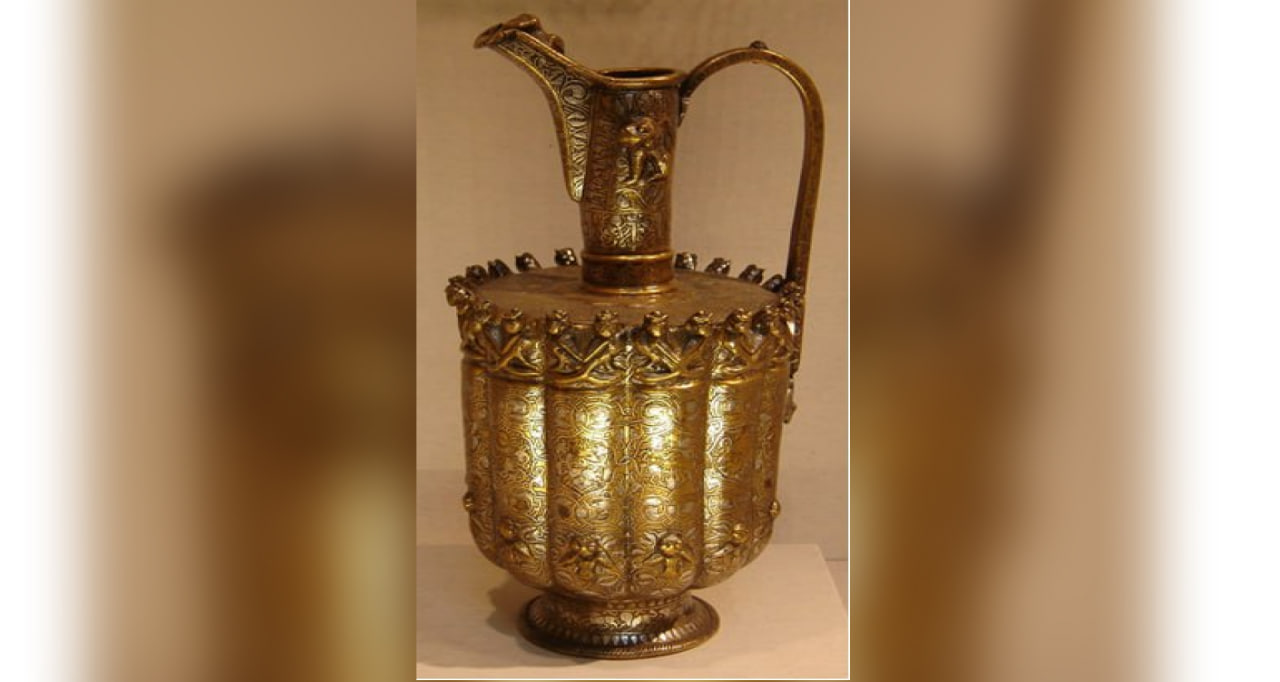A jug from the Seljuk period is expected to be included in the exposition of the Center of Islamic Civilization in Uzbekistan

Among the unique artifacts created during one of the flourishing periods of Islamic culture the reign of the Seljuk dynasty (11th–13th centuries) this gold-plated silver jug holds a special place. It is believed that this work of art was produced between 1180 and 1210 in the region of Transoxiana or Khorasan.
The jug is made of high-quality silver, and its surface is adorned with extremely delicate and intricate geometric and vegetal patterns. The gold plating on its exterior indicates that the item was not only functional but also a product of fine craftsmanship intended for palace use or ceremonial occasions.
The ornamentation of the artifact reflects not only the exquisite jewelry-making style characteristic of the Seljuks but also the culture, worldview, and social relations of the time. Such objects serve as invaluable sources of information about the lives of the elite, centers of craftsmanship, trade routes, and the aesthetic ideals of Islamic civilization.
At present, this jug is preserved in the British Museum, where it is presented to the global public as a unique example of Islamic art.
Through this and similar historical artifacts, the Center of Islamic Civilization is consistently working to enrich its exhibitions and to study and present to the public the deep roots of craftsmanship and art in the Islamic world.
Most read

Over 100 experts from more than 20 countries of the world are in Tashkent!

President of Serbia Aleksandar Vučić visited the Islamic Civilization Center in Uzbekistan

The Center for Islamic Civilization – a global platform leading towards enlightenment











